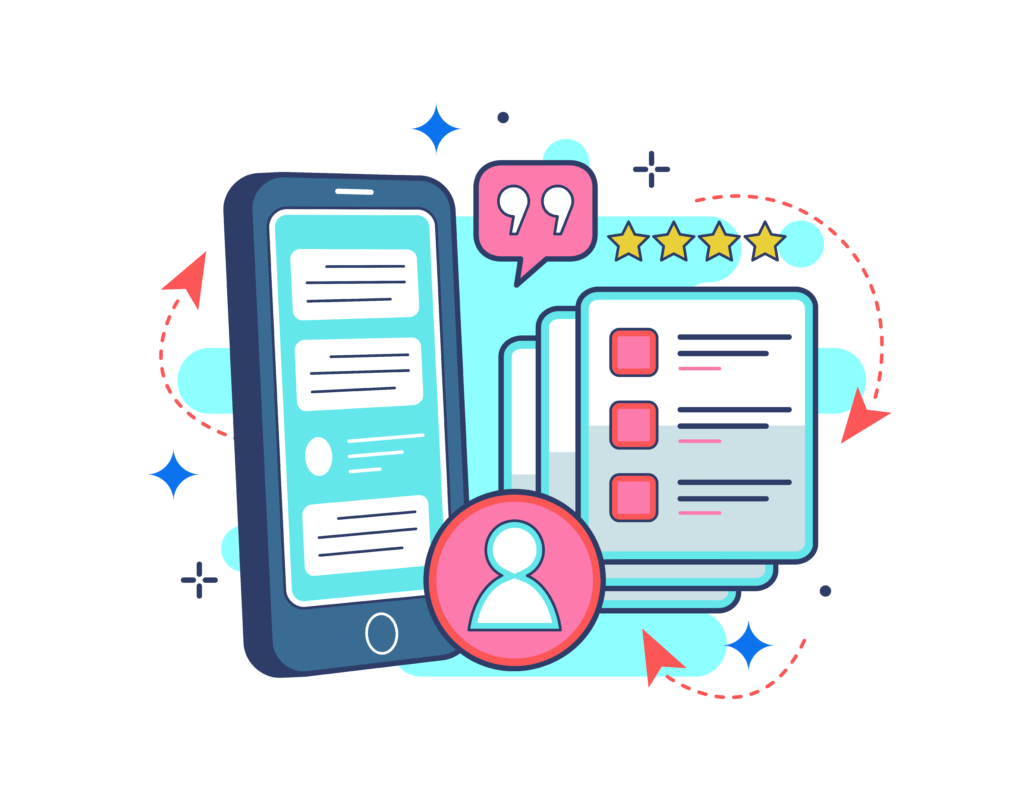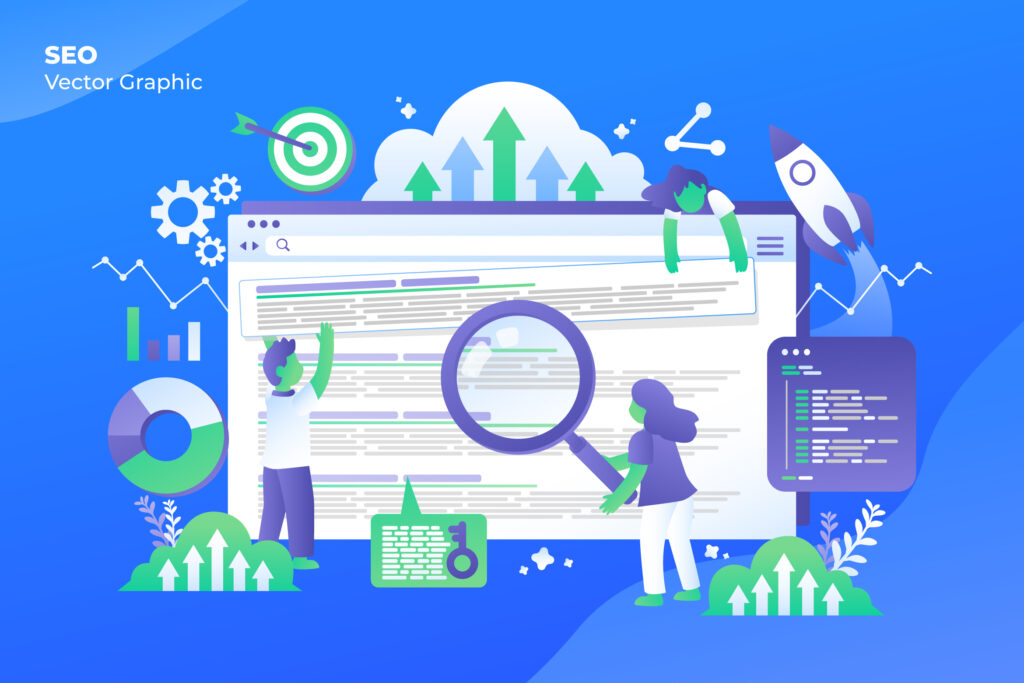SEO Marketing Resource
This is your hub for everything SEO, from the basics to the nitty-gritty. So let's dive in and get you some SEO knowledge!

SEO Fundamentals

What you'll learn
Get ready to become an SEO pro! This one-stop shop covers everything you need to know, from crawling to indexing to search engine ranking signals. Take advantage of all the fun and excitement of learning SEO basics!
Keyword Research Strategies

What you'll learn
Acquire the skill of locating keywords that your target audience uses when searching on Google, YouTube, and other widely used search engines.
Content Optimization Strategies

What you'll learn
Gain professional-level knowledge on optimizing your content. Discover how to secure a spot in the coveted Featured Snippet position. Unlock the power of Semantic SEO and its benefits.
Technical SEO

What you'll learn
In order to ensure that your website’s technical SEO is optimized, it’s important to utilize various strategies and tips. These include improving your site’s loading speed, enhancing its website architecture, and managing your crawl budget effectively.
6 RESOURCES
- Website Architecture
- Sitemaps
- Crawl Budget
- Page Speed and SEO
- Robots.txt
- Duplicate Content
Link Building for SEO

What you'll learn
Discover effective ways to increase traffic to your website by building quality links through techniques such as Broken Link Building, Link Bait, Evergreen Content, and data-driven industry studies.
5 RESOURCES
- Backlinks
- Broken Link Building
- Link Bait
- Resource Page Link Building
- Original Research and Data
User Experience Signals

What you'll learn
The optimization of your site’s pages is essential to ensure positive user experience. You can achieve this by focusing on “User Experience Signals” such as CTR, Dwell Time and searcher’s intent.
6 RESOURCES
- Dwell Time
- Bounce Rate
- Pogo sticking
- Organic CTR
- Search Intent
- Core Web Vitals
SEO Tools and Software

What you'll learn
Discover the most widely used SEO software, including SEMrush, Ahrefs, Moz, and Raven Tools. Gain valuable insight with our pro tips to optimize your usage of each tool.
5 RESOURCES
- Semrush Ultimate Guide
- Yoast SEO Plugin
- Moz Pro
- Raven Tools
- Ubersuggest
Advanced SEO Strategies

What you'll learn
Our collection of resources is designed to enhance your proficiency in SEO. Accessing these materials will enable you to elevate your skills and knowledge in this field.
5 RESOURCES
- Measuring SEO Results
- Content Gap Analysis
- Content Audits
- Search Engine Visibility
- SERP Features
- Building an SEO Team
- Enterprise SEO
Ready To Transform Your SaaS Business?
Contact us today to schedule a free consultation and learn how our SaaS marketing agency can help you grow.
LET'S DISCUSS YOUR PROJECT

Ready to speak with a marketing expert?Give us a ring
+92-317-8886999
Kickstart Co-Working Space, Islamabad
© 2023 CONVERTBUNNY. ALL RIGHTS RESERVED
/CONVERTBUNNY